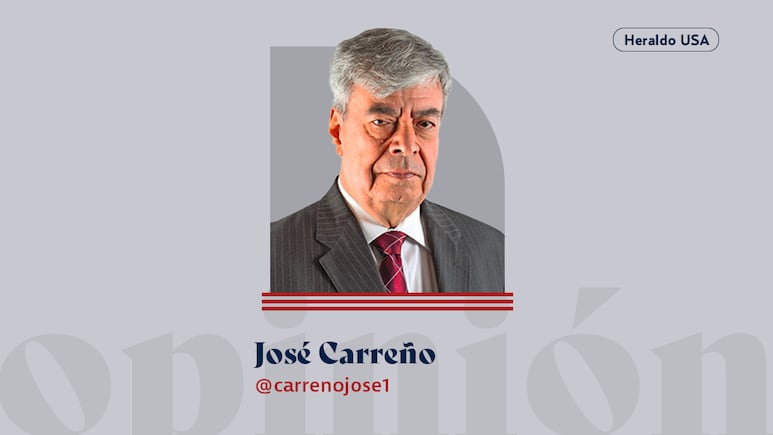FROM THE OUTSIDE | U.S.: The government and the universities
On the one hand, right-wing groups that support Trump see universities as “enemy territory”

In an administration that seems to thrive on controversy, one of President Donald Trump’s most contentious policies is the effort to control what universities teach. This is part of a broader strategy that includes a move to significantly reduce the number of international students in the United States.
Publicidad
It was, in many ways, a sequence of events. On the one hand, the right-wing groups that support Trump—and many of the officials around him—see universities as “enemy territory,” dominated by leftist views, particularly reflected in the recent wave of pro-Palestinian demonstrations and the resulting anti-Israel climate.
This also ties into the administration’s decision to dismantle Diversity, Equity, and Inclusion (DEI) policies, which had long been foundational in U.S. government institutions. Conservatives argue that DEI overly favored the hiring of ethnic and sexual minorities, and in universities, they claim, it ended up discriminating against white students.
The political clash led to mounting government pressure on universities—some of which caved quickly. In the case of Harvard, the conflict escalated into lawsuits and countersuits, the loss of more than $100 million in government research contracts, and the revocation of its authorization to host international students.
Publicidad
The battle with Harvard over international students intersected with another flashpoint: the arrest of international students who took part in anti-Israel protests—protests that, according to the U.S. government, violated the law.
Publicidad
From there, the next step was predictable. As of 2024, there were 1.1 million international students in the U.S., including 331,000 from India and 277,000 from China. The latter group, in particular, has drawn increased scrutiny from U.S. authorities.
This week, the government announced plans to revoke visas for Chinese students linked to the Communist Party or those studying in vaguely defined “critical fields.” It also said it would increase background checks for future student visa applicants by reviewing their social media activity.
The blow is multifaceted—and, in many ways, maybe self-inflicted.
U.S. universities, and Harvard in particular, have long been global leaders in scientific and technological research and magnets for international scholars, students, and scientists.
Now, as analyst Ian Bremmer lamented, the United States is beginning to seem less welcoming to students who have fewer rights and less freedom of expression.
Bremmer noted that the clash with Harvard reflects Trump’s anti-elite political narrative, but it’s also a way of losing cultural and political influence, not to mention the potential minds behind future scientific breakthroughs.
Publicidad
Publicidad
Más Leídas | Heraldo USA
Alicia Bárcena sigue negociación por damnificados en Guerrero
Por Heraldo USA
Jaime Vázquez Bracho: La Cuarta Transformación llegó a todos los consulados de México
Por Heraldo USA
Exatlón 2023: CONFIRMADO este es el polémico concursante que queda ELIMINADO el 10 de diciembre
Por Heraldo USA
Los MEJORES parques temáticos de Estados Unidos para vacacionar este verano 2023
Por Heraldo USA
Publicidad
Más noticias de Usa
Más noticias de Estados unidos








